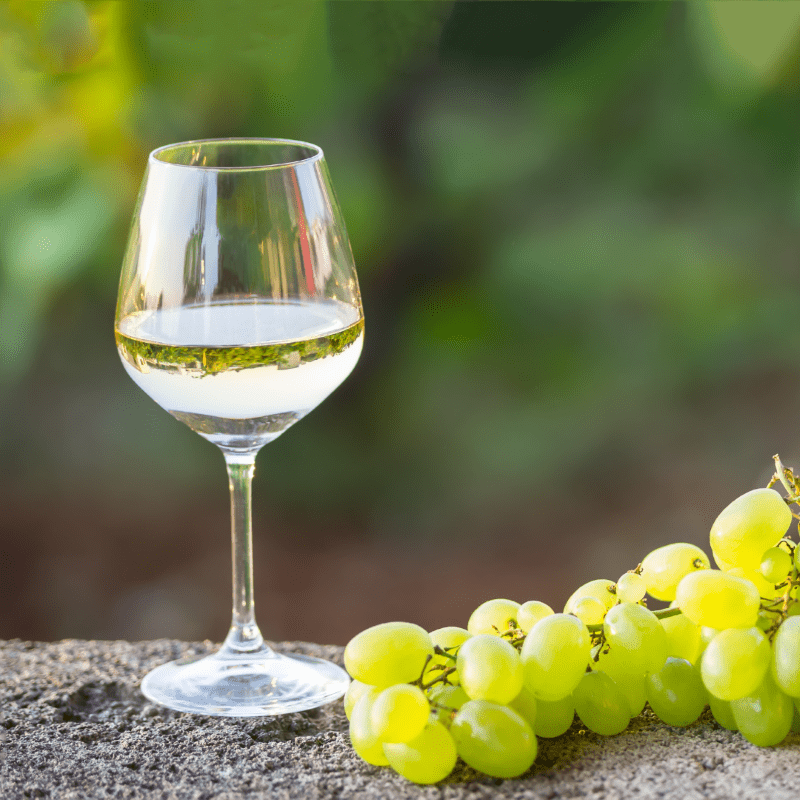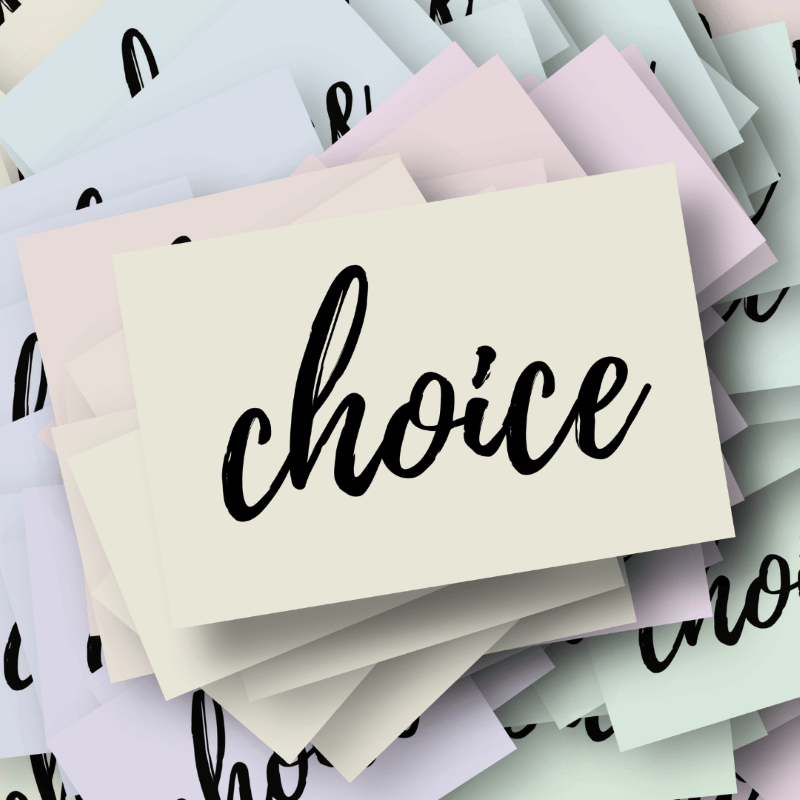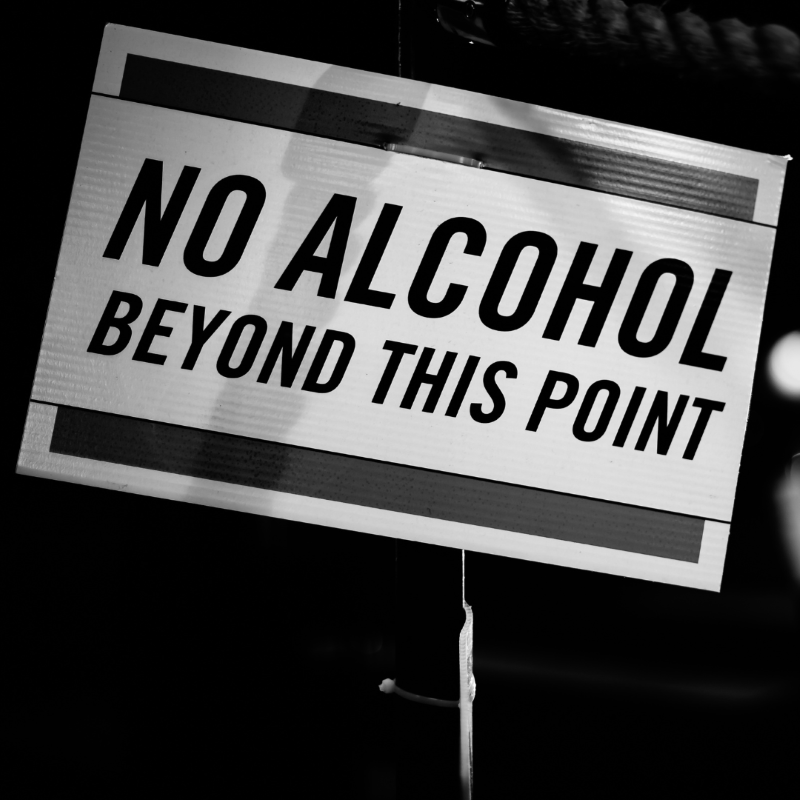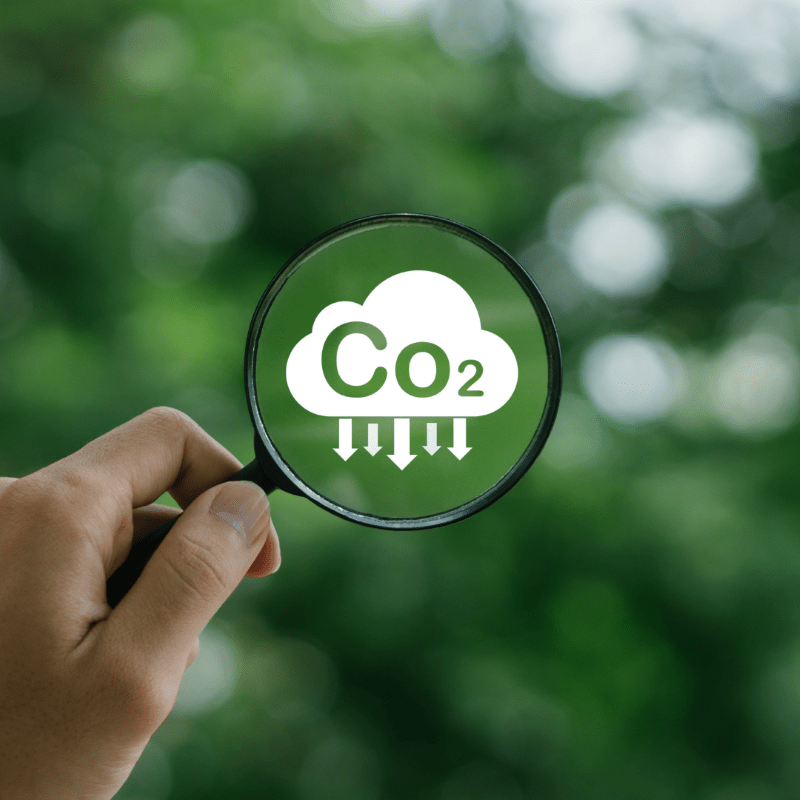Champagne – Alcohol or No Alcohol?
Champagne has long been a symbol of celebration, often associated with family gatherings, milestone events, and festive occasions. However, the growing popularity of alcohol-free options is sparking a new conversation: champagne with or without alcohol — which is the better choice for your next celebration? As more consumers seek alternatives to traditional alcohol, the debate about whether champagne should retain its signature alcohol or embrace alcohol-free versions has gained momentum.
Alcohol-Free Sparkling Wine Market: A Growing Trend
In recent years, the demand for non-alcoholic wines and sparkling beverages has surged, driven by growing health-consciousness, younger consumers seeking moderation, and the sober-curious movement. According to the International Wine and Spirits Research (IWSR), global sales of no- and low-alcohol beverages are projected to grow by +7% CAGR from 2023 to 2027, with non-alcoholic wine volumes growing at an even faster rate of +14% CAGR during the same period. This segment now represents an estimated 3.5% of the total global wine market – a significant leap compared to just a few years ago.
In regions like Europe, where champagne has been a cultural icon, non-alcoholic sparkling wines are gaining momentum. Producers like French Bloom, Pierre Chavin and Thomson & Scott (Noughty) are creating premium alcohol-free alternatives that cater to a new generation of consumers looking to celebrate without compromising their lifestyle or health goals.
Why the Shift? Understanding the Appeal of Alcohol-Free sparkling
Health and Wellness:
Consumers are increasingly prioritizing lower-calorie, organic, and sugar-free options. For example, studies show that 23% of Gen Z and 24% of millennials are keen to explore non-alcoholic wines, reflecting their broader interest in healthier choices.
Innovation in Production:
Advances in dealcoholization technology, such as vacuum distillation and reverse osmosis, have allowed producers to retain the flavor and complexity of traditional wines without the alcohol. This has helped overcome previous perceptions of poor quality in alcohol-free options.
Social Inclusion:
Alcohol-free sparkling wine offers an inclusive option for non-drinkers, whether due to health, religion, or personal preference, allowing everyone to partake in celebratory toasts.
As alcohol-free sparkling wines gain popularity, they raise interesting questions about their essence, production, and sustainability. Let’s delve into the pros and cons of choosing these beverages, and explore whether they can truly rival traditional sparkling wines.
Pros of Non-Alcoholic Sparkling Wines
Inclusivity and Health Benefits:
Non-alcoholic sparkling wines provide an alternative for those who avoid alcohol for health, religious, or personal reasons. They offer the festive feel of sparkling wine without the risks associated with alcohol, such as overindulgence or health impacts.
Similar Sensory Experience:
Many consumers and producers claim that modern alcohol-free wines offer an experience close to traditional sparkling wines. Advances in production techniques aim to mimic the texture, aromas, and flavors of their alcoholic counterparts, making them a plausible choice for celebrations.
No Hangovers:
One of the clear benefits of alcohol-free options is sobriety, allowing people to indulge without concern for the next day’s consequences.
Expanding Market:
With increasing demand, alcohol-free wines are becoming more varied and accessible. Brands are now investing in high-quality products, positioning these drinks as more than just a niche trend.
Cons of Non-Alcoholic Sparkling Wines
Is It Really Wine?
Wine, by definition, is the result of the natural fermentation of grape sugar by yeast, which produces alcohol.
Body and texture:
Alcohol adds body and richness, enhancing the wine’s mouthfeel. Without alcohol, sparkling wines often feel thinner and lack the depth and complexity that make Champagne so distinctive
Preservation and aging:
Alcohol helps wines age gracefully and remain “alive,” allowing their flavors and aromas to evolve over time. Removing alcohol strips the wine of this essential component, making it fundamentally different.
Impact on Taste:
According to scientists at the Institut Français de la Vigne et du Vin (IFV), dealcoholization significantly alters the gustative qualities of wine, affecting texture and aromas. The process can result in a beverage that is wine-like but lacks the depth and complexity of traditional sparkling wines.
Sustainability Concerns:
Dealcoholization techniques like reverse osmosis and spinning cone columns require advanced, energy-intensive equipment. This contributes to substantial CO2 emissions, raising concerns about their environmental impact. While exact figures are scarce, such processes are not as eco-friendly as traditional winemaking. As the industry grows, this aspect will need to be addressed to align with global sustainability goals.
Lack of personality:
We appear to be moving toward a more formatted, branded, and standardized product, one that often lacks individuality and character. This trend appeals to large-scale brands aiming for global consistency but stands in stark contrast to the values of smaller producers, who champion craftsmanship, authenticity, and the unique expressions of terroir. As the alcohol-free market expands, there is a growing risk of overshadowing artisanal traditions in favor of mass-market uniformity and commercial convenience.
 Marketing or Reality?
Marketing or Reality?
Despite the claims that alcohol-free sparkling wines replicate the sensory experience of traditional wines, some argue this is a clever marketing strategy. The resemblance may convince consumers psychologically rather than delivering an authentic experience.
Legal and Labeling Limitations:
Alcohol-free sparkling wines can never be labeled as champagne due to strict AOC (Appellation d’Origine Contrôlée) regulations. Nor can they truly be called ‘wine,’ as they lack alcohol, a core element of the beverage. In the debate of champagne with or without alcohol, it’s clear that alcohol is essential to defining champagne’s character and quality. These distinctions are essential in understanding what the product represents.”
 Alcohol or No Alcohol: What Should You Choose?
Alcohol or No Alcohol: What Should You Choose?
The answer depends on your preferences, lifestyle, and the occasion. It’s your intrinsic right to choose, and there’s no universal “right” answer. If you’re unsure how much is too much, organizations like Santé publique France and Wine in Moderation provide clear guidelines:
Limit to 2 glasses (12 cl, 12.5% ABV) per day.
Avoid drinking every day.
Stay under 10 glasses per week.
Ultimately, non-alcoholic sparkling wine offers a modern, inclusive option for celebrations, but its differences from traditional wine cannot be overlooked. Whether you choose alcohol-free or stick with classic Champagne, the most important thing is to enjoy the festive season responsibly and in good company.
Useful links:
Here are the websites and sources cited in the articles where you can find more information:
- IWSR (International Wine and Spirits Research)
- Visit www.theiwsr.com for data and reports on no- and low-alcohol beverage trends, including their 2024 statistics on market growth.
- Wine in Moderation
- Explore responsible drinking guidelines at www.wineinmoderation.eu.
- Santé publique France
- Find official public health advice and alcohol consumption recommendations at www.santepubliquefrance.fr.
- Institut Français de la Vigne et du Vin (IFV)
- Research scientific insights on winemaking and the effects of dealcoholization at www.vignevin.com.
- Vitae Vino
- Discover articles and discussions about alcohol-free wines at www.vitaevino.org.




